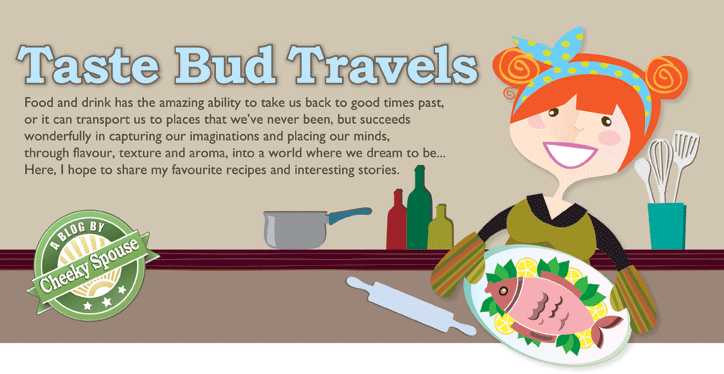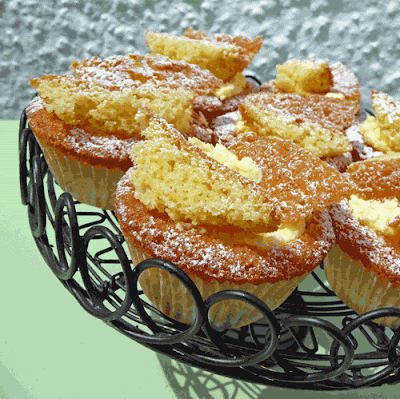The sun is shining, spring flowers are in full bloom and the warm air is already buzzing with the sound of industrious bees – what a perfect start to celebrate Britain's
National Honey Week.
Now in its 12th year, the celebration, originally held in February has a more appropriate date in May, which seems much more fitting, as this is the time when the bees can really get to work, making that delicious sweet sticky stuff.
For thousands of years, man has gathered honey to use in food and medicine, it was also held in such high regard, that the ancient Egyptians offered it as a gift to the gods.
Throughout history it had long been used as a sweetener in cooking, until sugar took over. Because honey has a more complex flavour than sugar, I think it imparts quite a special taste to food and is particularly good in baking as the recipe, later on, demonstrates.
When we eat honey, we should always remember the bees that made it – they are the only insect that produce a food that we consume and they are very important to the survival of our planet and the human race. That sounds like a lot hanging on a seemingly small creature, but without bees, it would be very difficult to grow food, as we rely on them to pollinate our crops. Just think about it for a moment…
Currently, bees are under threat from viruses, parasites and the mysterious colony collapse disorder, which could prove devastating to their species. Sorry if this sounds all doom and gloom, but it's something that I care strongly about. Have a look at
The British Beekeeper's website to learn more.
Bad news aside, I have decided to include a recipe from
The Josceline Dimbleby Collection cookbook, for Persian Honey Cakes, that really celebrates the beauty of honey at it's best. I used Scottish heather honey, which is extremely fragrant.
It's an adaptation of an old Persian recipe. The nutty orange-flavoured cakes are left to absorb a scented honey syrup. You can serve them either for tea, with coffee, or as an after-dinner sweetmeat. As a dessert they are excellent with natural yoghurt.
Persian Honey Cakes
Makes approximately 16
Ingredients
8 oz fine semolina
2 oz icing sugar, sifted
4 fl oz sunflower oil
grated rind and juice of 1 orange
2 oz self-raising flour
half teaspoon baking powder
half teaspoon ground cinnamon
for the syrup
4 oz sugar
4 tablespoons honey
5 tablespoons triple strength orange flower water
quarter pint water
Method
Put the semolina and icing sugar in a bowl.
Heat the oil in a saucepan and pour it over the semolina. Stir well and mix in the orange rind and juice and then the flour sifted with the baking powder and cinnamon.
Heat the oven to Gas 3 / 325F / 170C.
Take up pieces of the mixture about the size of a ping-pong ball and form short sausage shapes, about 2 inches long. Arrange slightly apart on a large oiled baking sheet.
Bake in the centre of the oven for 35-50 minutes.
While the cakes are baking, make the syrup.
Put the sugar, honey, flower water and water in a saucepan.
Dissolve the sugar and honey over a low heat and then boil fiercely for 4-5 minutes.
When the cakes are baked, lift them out with a spatula and arrange closely together in a large shallow dish. Pour the syrup over them and leave for several hours, spooning the syrup over them occasionally. Then carefully pile the cakes on a plate, scraping up any remaining syrup and spooning over.
Product image from Rowse website














































